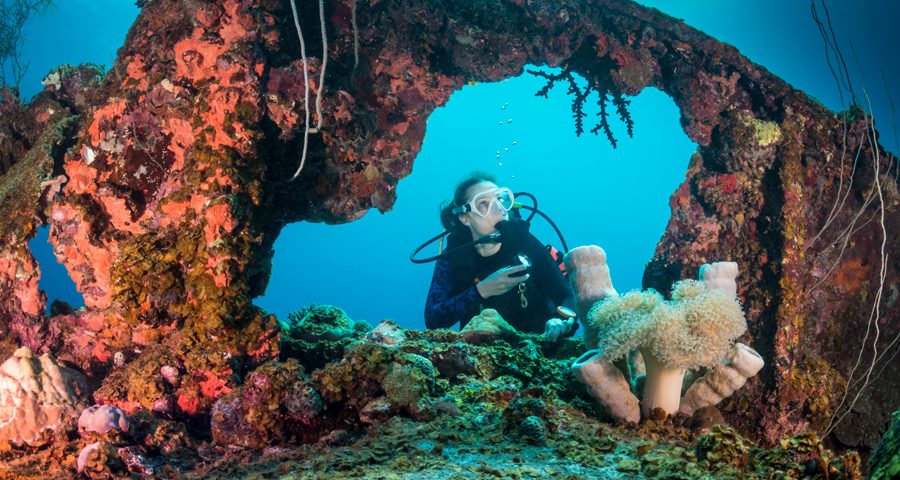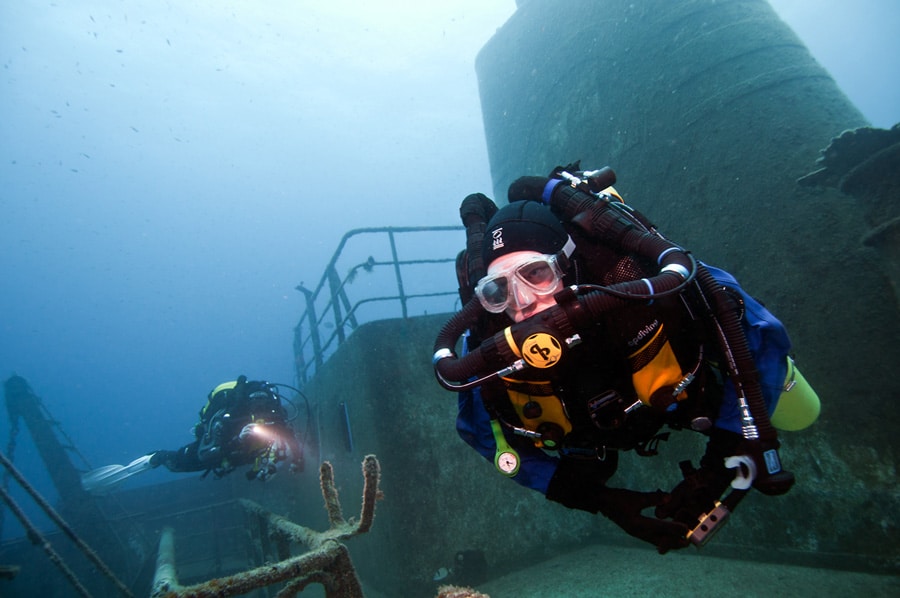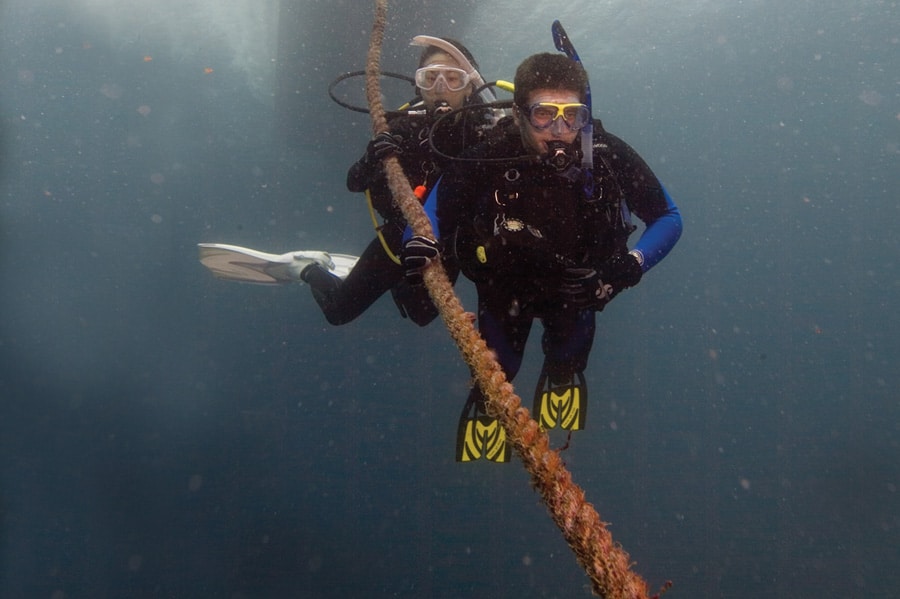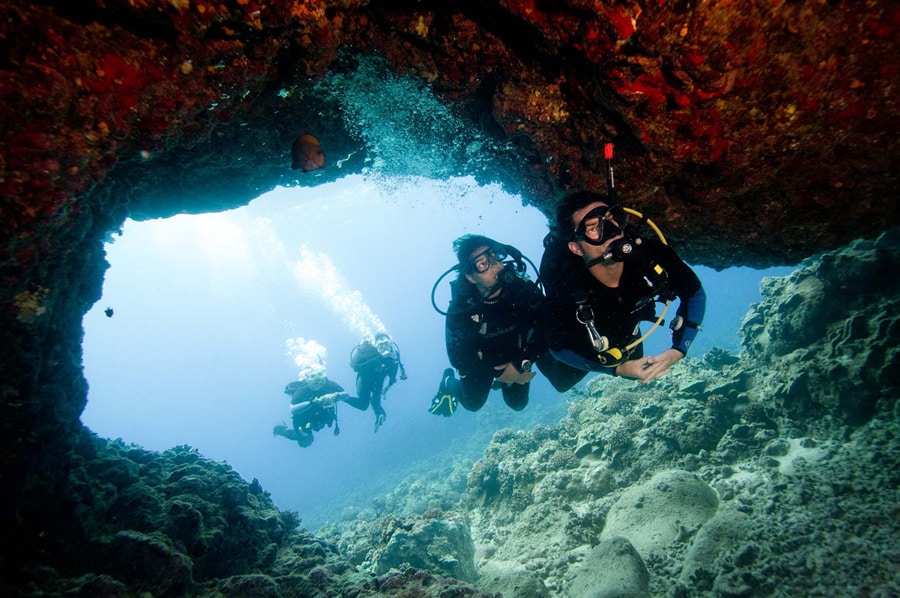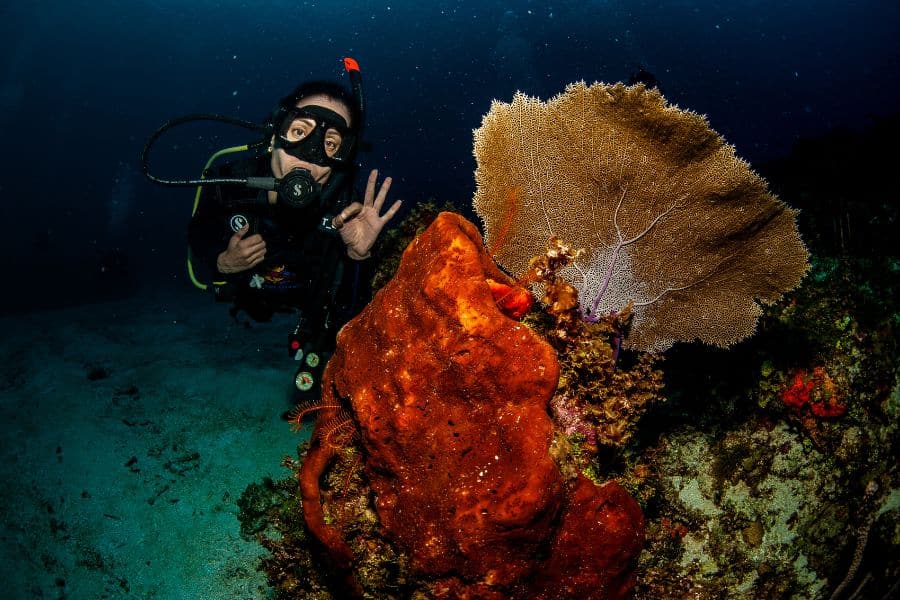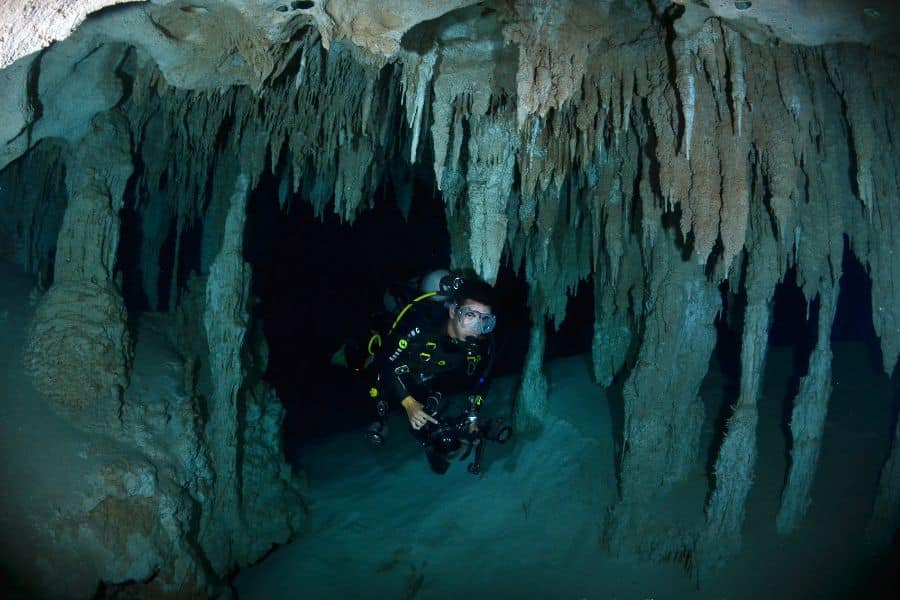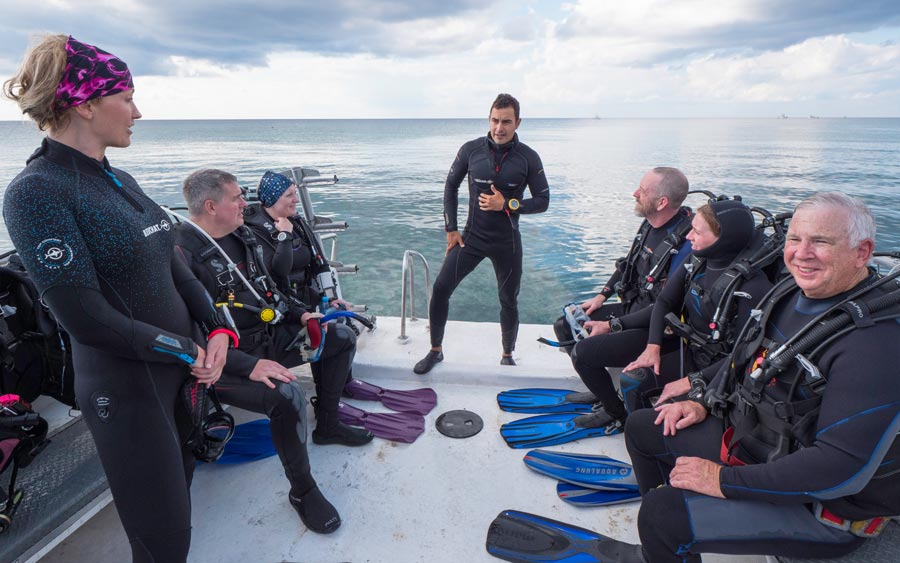Did you know that the deepest dive ever made by a human reached over 1,000 feet/330 meters?
No?
No way! If you don’t know the greatest records in deep water diving, it’s because you haven’t read our article.
Oh, that’s right! I’ll fill you in later.
So, will reading this article about deep-sea diving help you break those records? Spoiler alert: it won’t.
Then why read it?
Here’s why.
Every part of this article is designed to take your diving skills to the next level. Let’s keep it simple and straight to the point:
- What You Need to Know About Deep Water Diving: Learn what qualifies as deep-water scuba diving in recreational diving, how to become a deep diver, and, most importantly, how to stay safe.
- The Gear to Make You Feel Like a Pro: From wetsuits to tanks, discover the equipment that builds your confidence to explore the depths.
- Epic Deep Diving Destinations: Explore bucket-list spots where every dive is an unforgettable adventure.
- Mind-Blowing Deep Dive Records: Some divers have achieved depths that sound like science fiction. You’ll be amazed at their stories and the challenges they faced to achieve the deepest dives ever.




